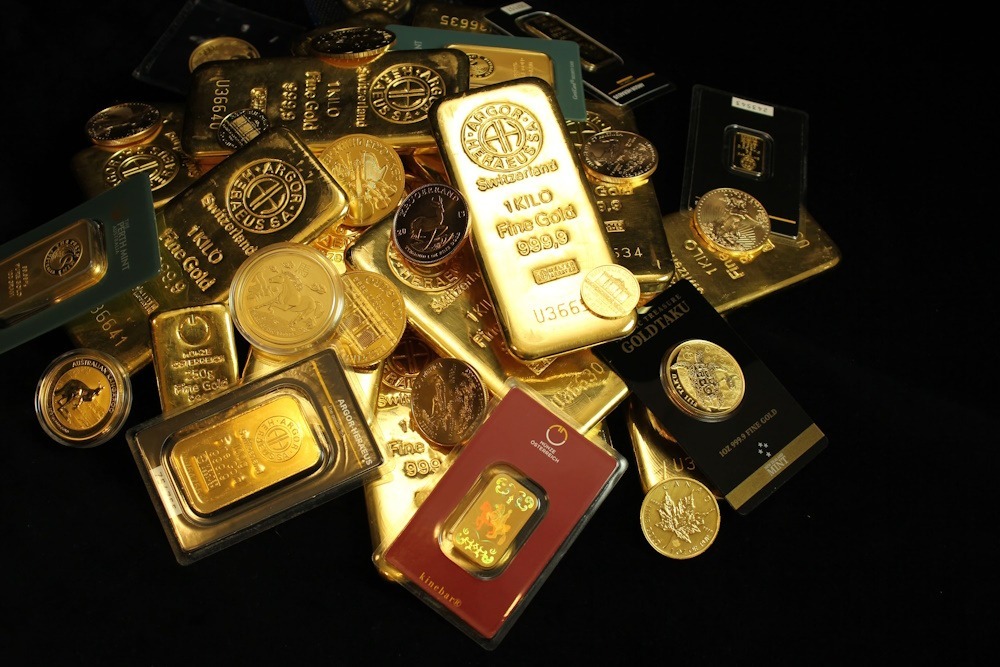
Gold appears set to conclude its nine-week winning streak, experiencing a 3% weekly decline to $4,118.68 per ounce, which represents its most significant correction since May. The recent pullback seems predominantly technical, occurring after a phase of remarkable gains that propelled the metal to a more than 50% increase year-to-date, consistently challenging record highs. Domestic markets reflected the global downturn, December gold futures were down 1% at Rs 1,23,222 per 10 grams, while silver experienced a decline of 1.5%, trading at Rs 1,46,365 per kg on Friday morning. The correction deepened at the beginning of the week, as gold experienced a decline exceeding 5%, marking its most significant intraday loss in five years. Concurrently, silver fell by 6% over the week, settling at $48.62 per ounce, representing its poorest weekly performance since March.
The selloff indicates a convergence of three significant factors that are altering the immediate market landscape. Initially, the pace of profit-taking has intensified after a prolonged period of consistent gains. Gold-backed ETFs experienced their most significant single-day outflow by tonnage in five months, indicating that institutional investors are reducing their positions following a period of stretched valuations at consecutive all-time highs. Secondly, the dollar index has appreciated for three consecutive sessions, thereby diminishing gold’s attractiveness by increasing its cost for holders of currencies other than the dollar. The technical relationship between currency movements and commodity pricing has reemerged after being eclipsed by safe-haven flows during gold’s rally.
Third, the resurgence of optimism regarding potential U.S.–China trade advancements has led to a decrease in demand for defensive assets. “A meeting between the U.S. and Chinese leaders stands a decent chance of de-escalating trade tensions, which is aiding the dollar and drying up some safe-haven demand for gold,” noted Tim Waterer. The White House has announced that President Donald Trump is scheduled to meet with Chinese President Xi Jinping next week as part of an Asia trip. This meeting offers a definitive timeline for possible de-escalation following an extended period of reciprocal retaliatory actions between Washington and Beijing.
The focus of the market has turned to the U.S. Consumer Price Index report scheduled for Friday, which was postponed due to the government shutdown. It is anticipated that core inflation will remain stable at 3.1% for September. The data presents considerable ramifications for gold’s path, considering its inverse correlation with real interest rates. “From gold’s perspective, a tame CPI print would be welcomed as this would keep the Fed on track to cut rates twice before year-end,” Waterer stated. “However, any unexpected increases in inflation would probably result in the dollar gaining additional strength, potentially harming gold.”
Market participants have almost entirely incorporated a 25-basis-point reduction in interest rates at the upcoming Federal Reserve meeting. Gold generally gains from decreased interest rates, which diminish the opportunity cost associated with holding non-yielding assets. Consequently, the inflation trajectory plays a crucial role in shaping medium-term price dynamics. Darshan Desai highlighted the critical factors: “Looking ahead, markets will focus on the release of US CPI data later today, updates on the US government shutdown, and next week’s meeting between US President Donald Trump and Chinese President Xi Jinping.” A successful trade agreement between the two nations may exert further downward pressure on gold prices, whereas any escalation in US-Russia tensions or sanctions could provide support for prices at lower levels.
